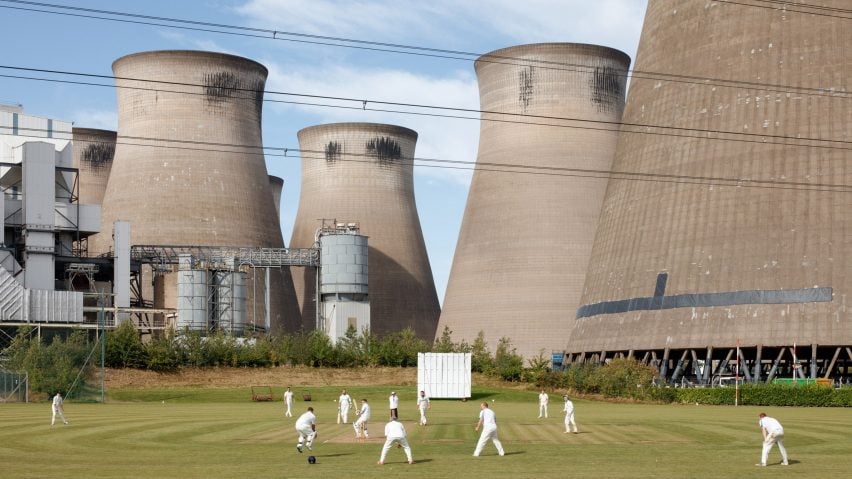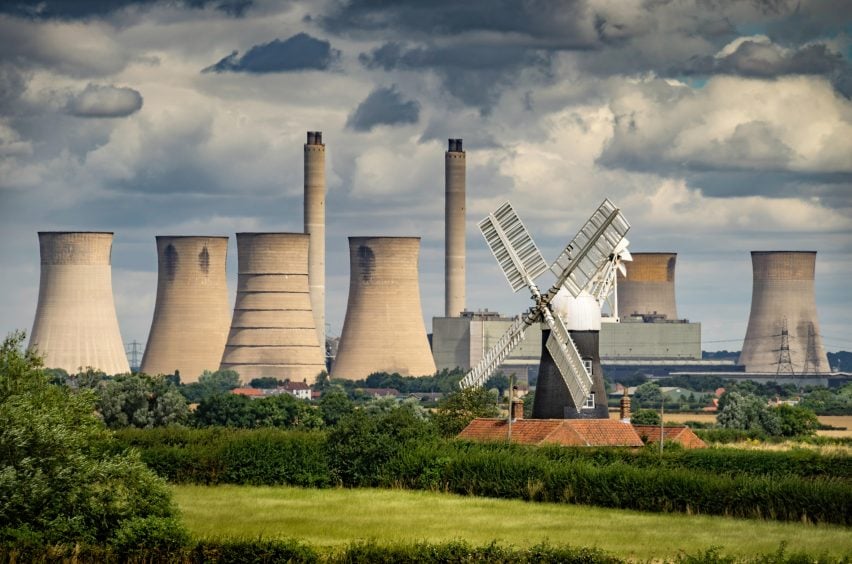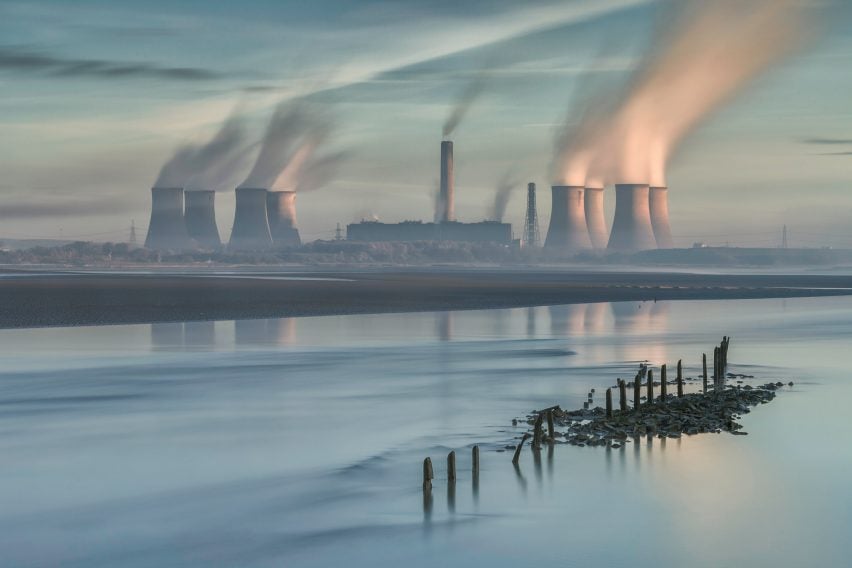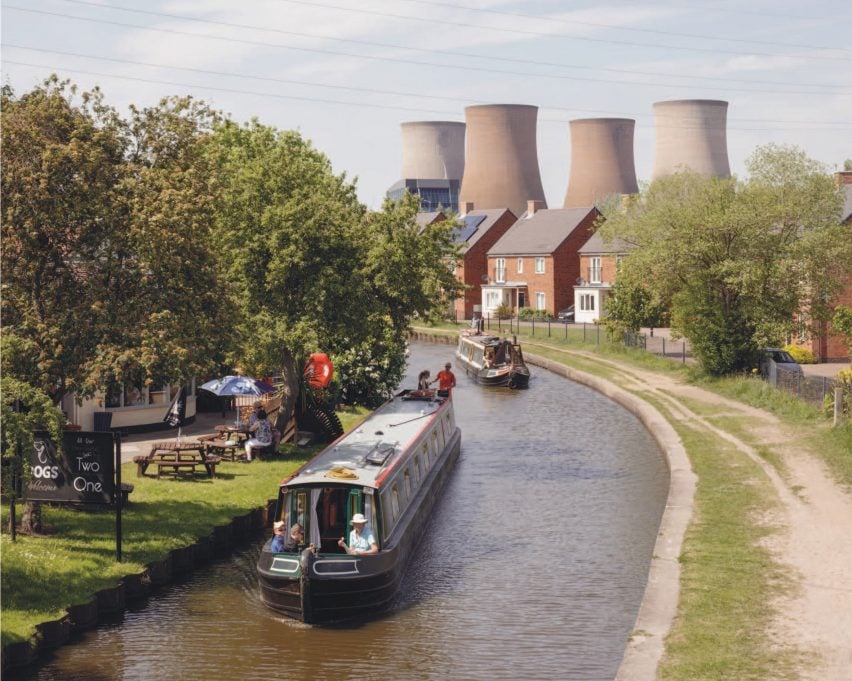
Twentieth Century Society calls for preservation of "just one set of cooling towers"
As the UK closes its last coal-fired power station, conservation group Twentieth Century Society is running a campaign to preserve a set of cooling towers.
Hyperboloid thermal towers, more commonly known as cooling towers, were once a common site across the UK, but after largely becoming obsolete they are rapidly being demolished.
With the UK's last coal-fired power station – Ratcliffe-on-Soar – ceasing operations earlier this week, the Twentieth Century Society (C20 Society) has launched a campaign to ensure that some of the landmark structures are preserved.

"The closure this week of the last coal-fired power station in Britain is an historic moment – a punctuation mark of sorts on the Industrial Revolution that began here more than 260 years ago," Twentieth Century Society campaigns director Oli Marshall told Dezeen.
"The transition to greener, cleaner forms of energy is a profoundly positive step for the country and one we wholeheartedly welcome. But surely a handful of these former cathedrals of industry should be preserved for future generations? There's room for both new energy infrastructure and reminders of the old to coexist," he continued.
"That's why we've launched C20 Society's new campaign, with the aim to preserve just one set of cooling towers as part of our national heritage."

At one time there were 240 concrete cooling towers in the UK. However, the majority of the 30-metre-high structures, which are often located at coal-fired power stations, have now been demolished.
There are 45 towers remaining and with 30 demolished since 2014, the organisation believes that they may all be gone within the next six years.
"Almost all are due to be decommissioned and demolished by the end of the decade, so they really do exist on borrowed time," Marshall said.

The organisation likens the industrial structure to windmills or gas holders, many of which have become landmarks or found other users after becoming obsolete.
"The British landscape is littered with the remnants of power generation and industrial infrastructure from previous centuries; like smock windmills, factory chimneys, bottle kilns, and gas holder frames," said Marshall.
"Long after the sails have stopped turning and the furnaces been extinguished, these functional structures gradually assume the status of regional and national heritage landmarks. Cooling towers are merely the 20th-century equivalent of this, but the window of opportunity to save them is closing," he continued.
"These modernist, sculptural giants are the Stonehenge or Pyramids of the carbon age. Higher than the dome of St Paul's Cathedral, yet with a concrete structure only seven inches thick in places, they're unlike any other man-made structure before or since," he added.
"Once they're gone, they're gone for good, so we must act now."
Outside of the UK, several of the giant cooling towers have been retained and have been renovated into theme parks, offices, viewpoints and a festival site.
Other examples of industrial infrastructure that have been kept for creative reuses include water towers and gas holders – many of which have been renovated into homes.